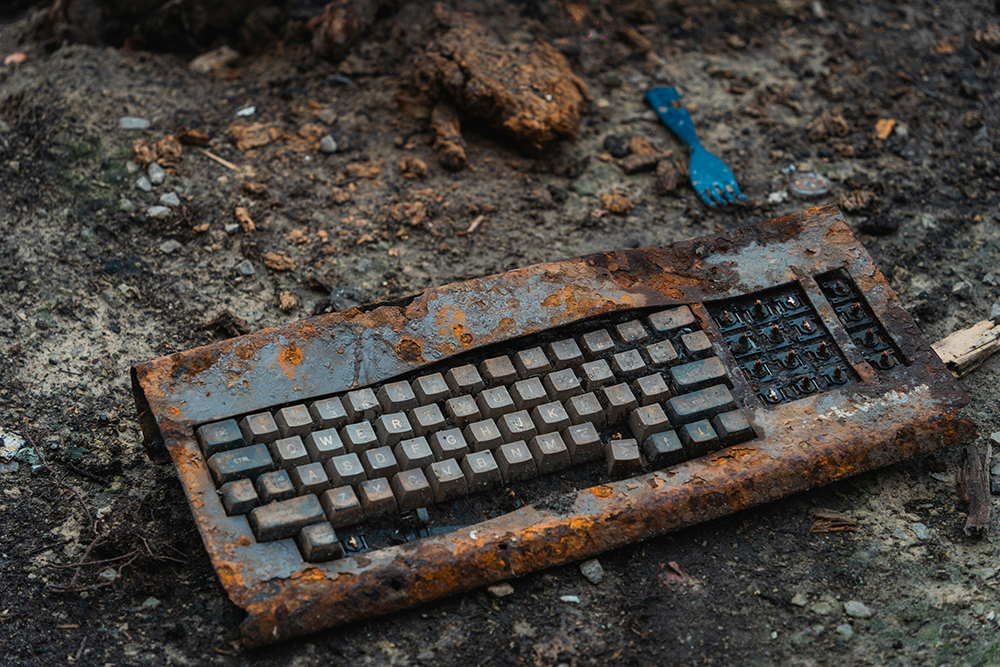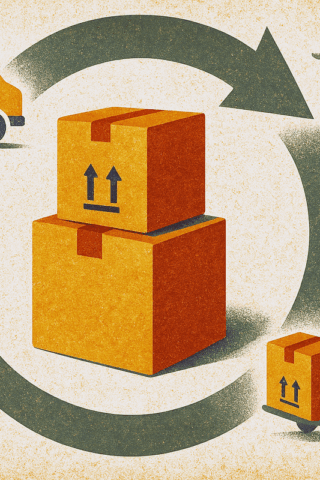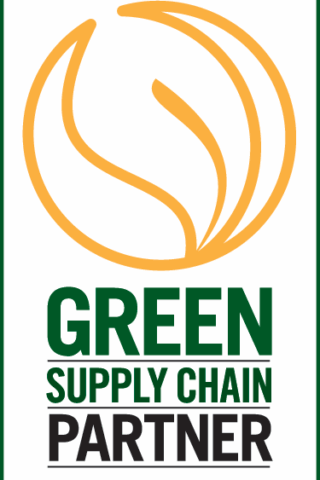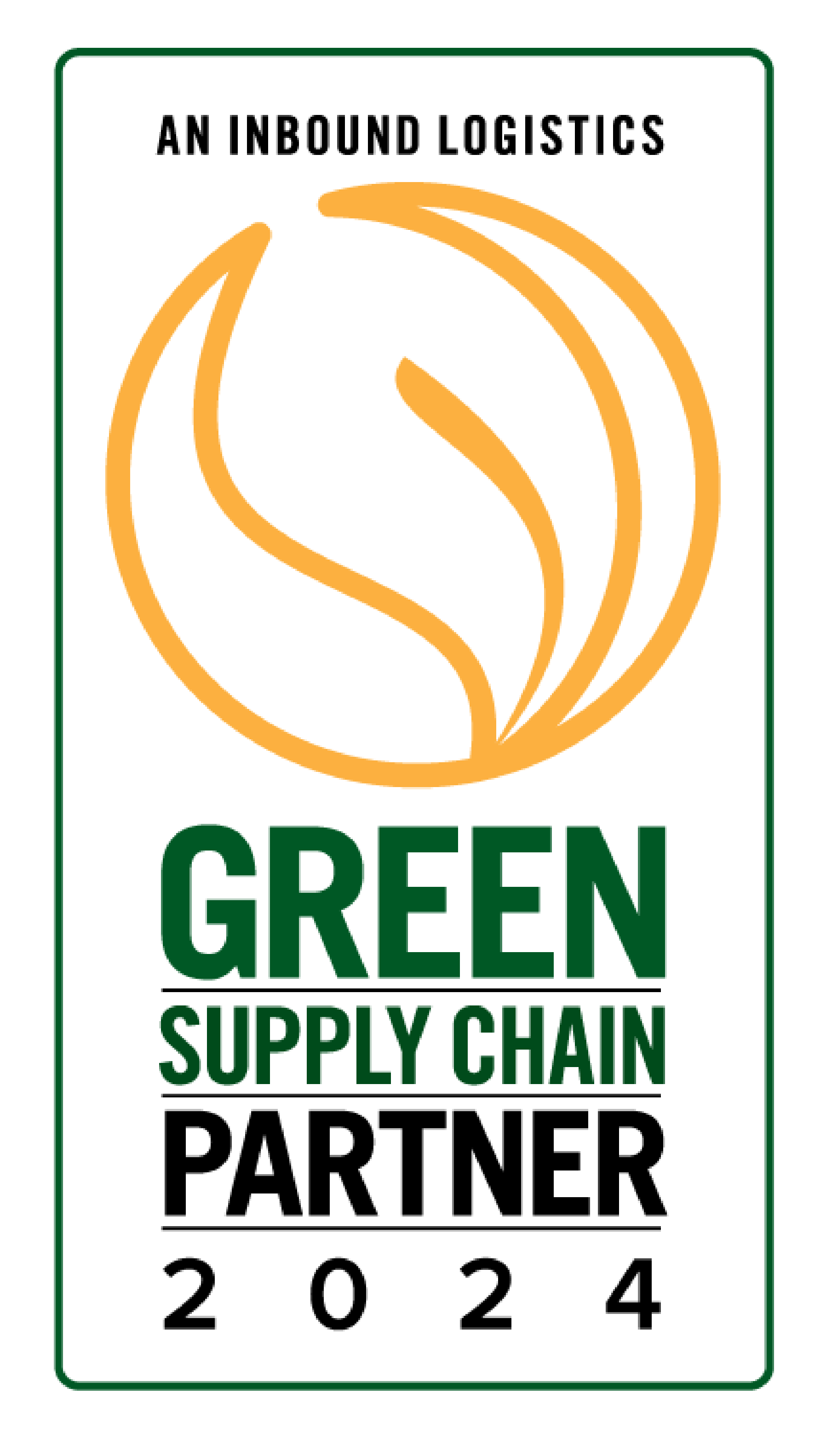Enterprise organizations are under increasing pressure to manage their discarded electronics responsibly. By adopting structured approaches in reverse logistics, your business can meet environmental and regulatory requirements and strengthen your long-term business strategies.
Complying with proper electronic waste disposal practices is a value driver for international organizations. Businesses can also use them to repurpose valuable materials and enhance brand trust. Reverse logistics plays a pivotal role in making this possible, especially when you can implement it effectively.
Why E-Waste Is a Huge Problem for Enterprises
Global volumes of electronic waste are soaring. Approximately 62 million metric tons were generated in 2022, and the number is projected to rise to 82 million by 2030. Yet, only 22% is properly recycled — a clear gap in global handling capacity.
For enterprises, the challenge extends beyond environmental responsibility. Improper device disposal exposes organizations to heightened data security risks, especially when sensitive information remains on retired assets. The result can be unexpected costs during final processing, potential regulatory penalties, and reputational damage.
What Is Reverse Logistics?
Product recovery logistics involves moving products backward through the supply chain. It begins with collecting electronics from end-users and returning them to manufacturers.
It creates a lifecycle management system that maximizes value from obsolete assets, ensures compliance, and minimizes environmental impact. By reusing components and raw materials, businesses reduce landfill waste and support the circular economy.
Advanced tools also improve returns management, quality control, and data security, helping businesses cut costs, extend product longevity, and enhance corporate responsibility in managing electronic waste.
Key Drivers Behind Implementation
Returns processing and logistics are about reducing risk and creating new value. When it is done correctly, it turns sustainability into practical business advantages:
- Recovering Valuable Materials: Electronics contain resources like copper, silver, and rare earth elements. Reclaiming these materials lowers the need for fresh mining and helps stretch limited natural supplies.
- Protecting People and the Planet: Tossing devices into landfills can release toxins such as lead and mercury into soil and water. A structured material extraction system keeps these hazards out of communities and ecosystems.
- Staying Ahead of Regulations: As stricter e-waste laws roll out worldwide, companies that embrace product recovery logistics stay compliant and demonstrate environmental responsibility.
How Reverse Logistics Enables a Circular Economy in Enterprises
Large organizations can extend product lifecycles through refurbishment, resale, or component harvesting. These practices reduce reliance on virgin materials, lowering manufacturing emissions and creating measurable cost advantages.
Beyond sustainability, reverse logistics strengthens enterprise operations. Asset recovery programs improve inventory visibility, enable secondary market opportunities, and maximize returns on past technology investments. Sustainability, in this context, is not a trade-off but a lever for operational efficiency and financial performance.
A compelling example comes from The Royal Mint’s groundbreaking Precious Metals Recovery facility in South Wales. Using a patented chemistry plant, it processes up to 4,000 tonnes of printed circuit boards annually from discarded electronics like phones, laptops, and televisions. Leveraging a room-temperature chemical leaching process, it recovers high‑purity (999.9) gold, all without the high-energy demands of traditional smelting.
This innovation illustrates the broader opportunity for enterprises: modern aftermarket logistics strategies can transform end-of-life electronics into valuable resources, supporting both sustainability targets and the bottom line.
Operational Challenges in Returns Processing
Rolling out repurposing programs across enterprise-level businesses is rarely simple. Your team needs to address several important factors, including the following:
- Managing the Logistics: Collecting, moving, and sorting devices from multiple locations can quickly become a heavy lift for internal teams.
- Navigating Different Rules: Regulations for recycling and retired technology aren’t the same everywhere, which makes staying compliant across regions a real challenge.
- Infrastructure Limitations: In some regions, inadequate recycling facilities make it difficult to process electronic assets efficiently and at scale.
Innovative Trends and Onepak’s Role
Enterprises need proven systems that combine innovation with scale. Onepak addresses this demand by delivering secure, transparent, and sustainable logistics solutions tailored to the complexities of e-waste recovery.
- End-to-End Tracking: Onepak provides a platform that ensures complete visibility into the movement of IT assets. This gives your company the data needed for compliance and reporting.
- Sustainability at Scale: By enabling businesses to reclaim, recycle, and repurpose technology responsibly, Onepak supports corporate sustainability objectives without sacrificing efficiency.
- Trusted Partnerships: Onepak works with certified logistics providers, IT asset disposition providers, recyclers and refurbishers to help organizations maximize material extraction while maintaining the highest security and environmental stewardship standards.
Why Enterprises Should Prioritize Reverse Logistics
When enterprise organizations prioritize product logistics, they send a strong message to stakeholders and strengthen brand reputation. By performing reverse logistics, your business can demonstrate leadership in corporate sustainability.
Refurbished equipment and materials generate cost savings and new revenue streams, offsetting the investment in infrastructure. Implementing these practices puts your business ahead of consumer expectations, making your brand more competitive in a resource-conscious economy.
Driving Sustainability Through Smarter Recovery
Electronic waste is one of the fastest-growing waste streams in the world, and enterprise organizations are uniquely positioned to manage it responsibly. By practicing aftermarket logistics, you can minimize environmental impact and demonstrate true corporate responsibility.
With a partner like Onepak, you can access the systems and expertise needed to transform sustainability commitments into measurable results. Contact us today to learn how our solutions can help reduce costs for your organization.








